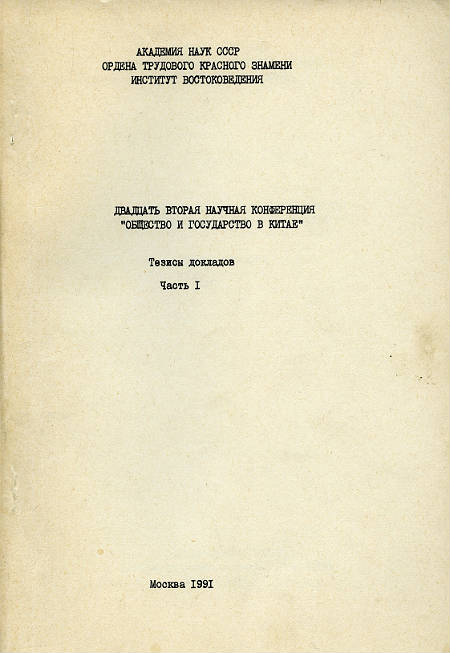Book
Myanmar : Transition to Market Economy (1988 – 2011)
Еditor: Bylinyak Stanislav
Institute of Oriental Studies of the Russian Academy of Sciences
Москва, 2012, 224 p.
This book presents an overall picture of economic development in Myanmar from 1988 and up to national election in November 2010 and establishment of civil administration in March 2011. The collapse of the Burma Socialist Programme Party government in 1988, the subsequent suppression of the democratic movement and the holding of nationwide election in 1990 opened up the country to international scrutiny. A large Buddhist monk population captured the attention of the world in 2007 when it faced off against the regime. The adoption of a new constitution through a referendum in May 2008, which was held in the aftermath of disastrous Cyclone Nargis, earlier the month, at least on paper restored the legal governance for the first time since 1988. For many years Myanmar operated an inward-looking economic system built on import substitution. Ultimately this policy failed, leaving behind inefficient state economic enterprises and widespread poverty. Political unrest in 1988 led a newly installed military government to liberalize the economy, opening it to foreign investment and private participation in trade. This move towards a market economy was in line with world-wide trends, but political instability forced the country to follow a different course from neighboring countries. The author synthesized both macro and micro level data to overcome some limitations of unreliable national statistics, and show how the government attempted to deal with key social-economic issues it faced.
РУССКАЯ ВЕРСИЯ: Мьянма : переход к рыночной экономике (1988 – 2011)









